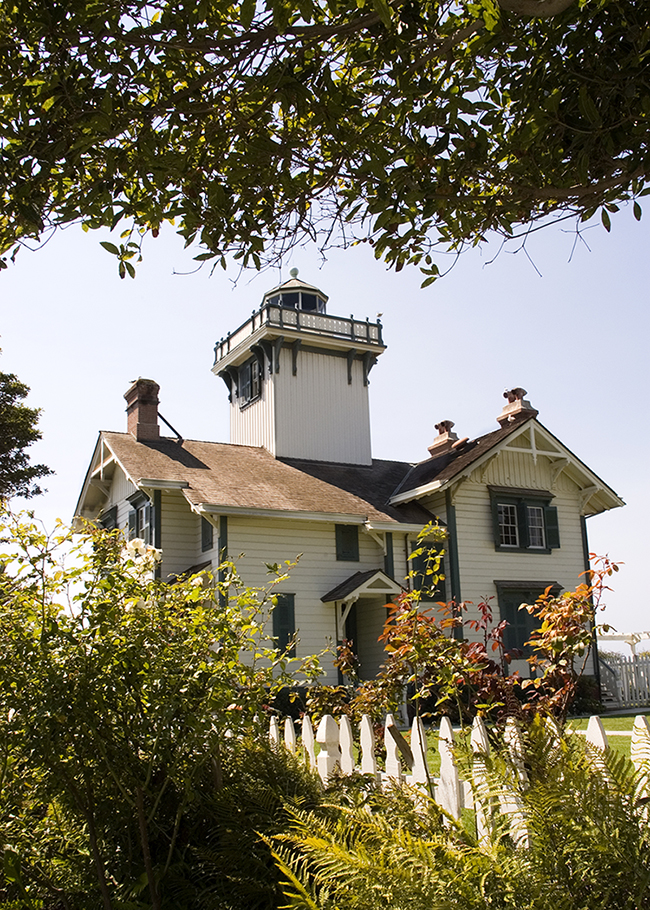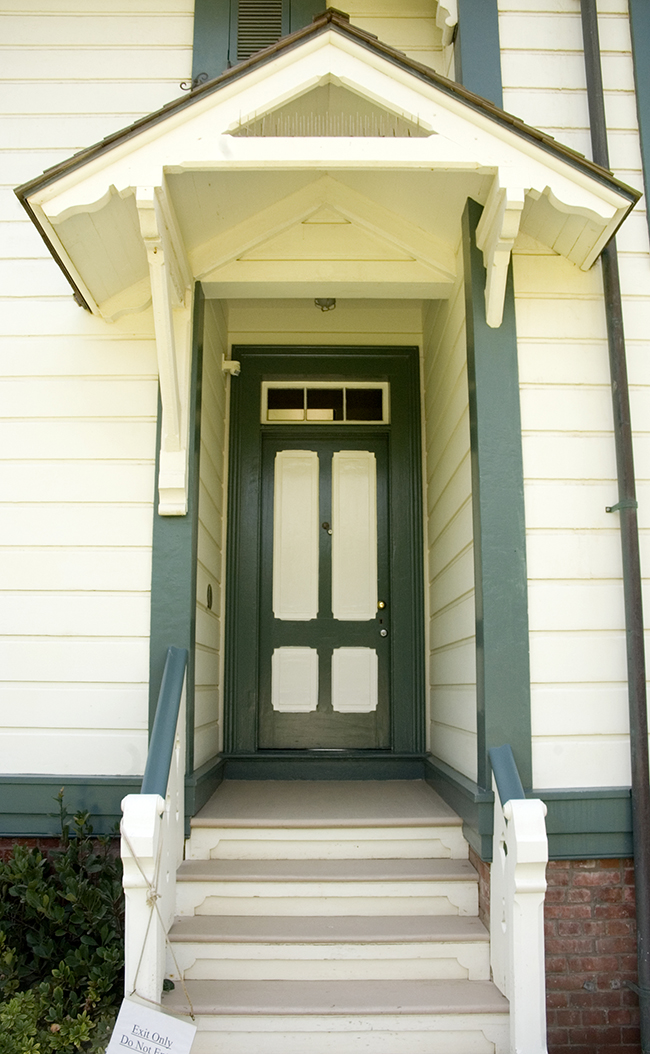The lighthouse was staffed by federal employees under the Treasury Department
and regulated by the US Lighthouse Board. These employees were called
Lighthouse Keepers. It was their job to keep the light lit as a beacon for ships,
maintain the lighthouse lens, and the general up-keep of the building.
Point Fermin’s first lighthouse keepers were women. Mary and Ella Smith came
from a lighthouse family and their brother Victor, a Washington Territory customs
officer, was no doubt influential in getting them their positions. Mary had
experience as a head keeper before coming to Point Fermin when she took over
her father’s position and Ediz Hook Lighthouse in Port Angeles, WA. Why they
chose to come to Point Fermin is still a mystery, as the area was quite isolated
and barren. In any event, they seemed to get along just fine in their positions for
nearly eight years.
Captain George Shaw was hired for the lighthouse keeper position shortly after
the Smith sister’s left in 1882. Shaw was a retired sea captain but he undoubtedly
longed to remain close to his beloved sea and was delighted by the opportunity to
serve as the keeper at Point Fermin. His wife and daughter moved into the
lighthouse with him, but by 1901, his wife had died and his daughter had gone
away to school leaving him as the sole resident. Captain Shaw was the first
keeper at Point Fermin to wear the US Lighthouse Service uniform, newly
required of all employees in 1884; women were not required to wear the
uniform. Shaw served the longest of any keeper at the point. He was forced into
retirement due to his health when complications from wounds he had obtained
during the Civil War made it impossible to continue. An acting keeper, Mr.
Jordan, was appointed until a new keeper could be found to replace him.
Irby Engels was the next Keeper to put on the uniform in 1906. He moved in with
his wife and daughter. And like the keeper before him, the family of three had
the place all to themselves. Irby was very diligent about celebrating his one
official holiday, which was July 4 th . Every year Irby writes in the official log “DAY
OFF, Picnic.” Irby invited family and friends to celebrate with him at the
lighthouse on such occasions. Irby’s family eventually beckoned him back to the
San Francisco Bay area and he lived out his days near his wife’s relatives in Pismo
Beach.
The Austin family moved into the lighthouse in 1917 to become the last keepers
of the Point Fermin Light. William Austin had served as keeper at two other
California lighthouses, Point Arena and Point Conception, before coming to Point
Fermin. For the first time, the lighthouse was filled with children. When the
Austin family moved in they had seven children between the ages of 15 and 1
month old; during their stay at Point Fermin, that number quickly grew to eight
with the birth of another son. When both William and Martha Austin passed
away in 1925, their daughter Thelma Austin, with the help of her sister Juanita,
took over as keeper until 1927 when management of the light was turned over to
the City of Los Angeles.
Between the years of 1927 and 1941, the light was managed by City of Los
Angeles personnel as part of the newly developed park. However, it was no
longer watched over during the night by a keeper as it was now all electrified and
the light list labeled it as “unmanned.” On December 7th, 1941, Pearl Harbor was
bombed and the coast was blacked out for fear of being a beacon to enemy ships
and planes. Sadly, the light was never to be lit again. During WWII, the
lighthouse served the US Navy as a look out tower and signaling station for ships
coming into the harbor. After WWII, the lighthouse was again turned over to the
City of Los Angeles for use as a residence for park maintenance employees.

